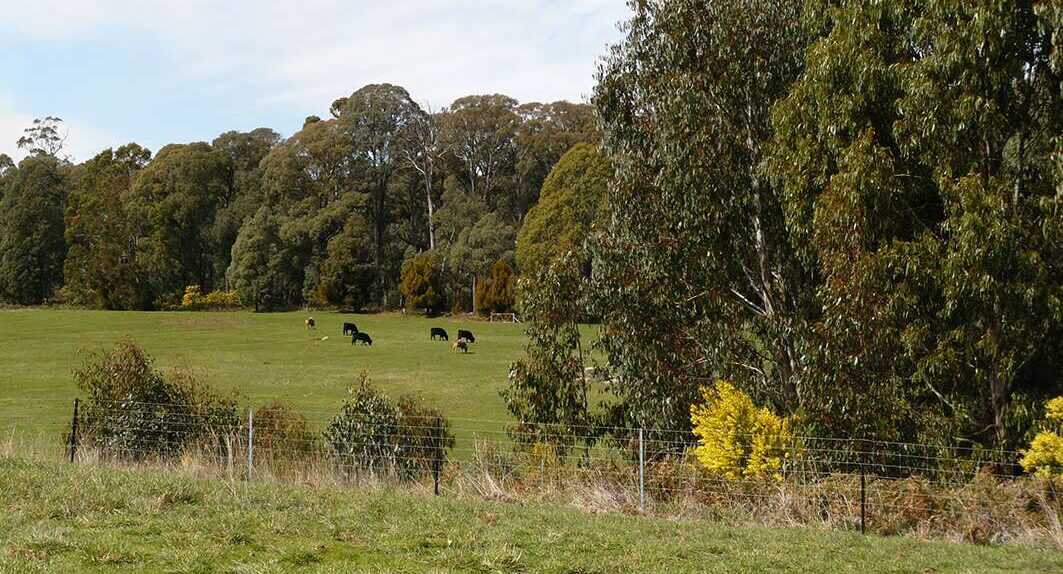
POLICY BRIEF: Public and Private Benefits of Improving Natural Assets in Farming Landscapes
A policy brief from the Australian National University’s Sustainable Farms initiative.
Summary
Improving natural assets on farms delivers valuable public benefits, such as biodiversity conservation, carbon sequestration, and enhanced ecosystem health. However, the private benefits of improving natural assets on farms, such as improved productivity and ecosystem services, are unevenly distributed, with some landholders facing significant costs and delayed returns. These uneven benefits necessitate policy interventions to ensure that landholders are incentivised to undertake projects that deliver critical public benefits. By providing targeted financial incentives, contingent loans, extension programs and other forms of support, governments can ensure that private land management decisions contribute to public environmental goals, making it worthwhile to subsidise improvements that both enhance farm productivity and protect vital natural ecosystems at the landscape scale.
Key Takeaways
|
The Problem
Australian agricultural landscapes face the dual pressures of biodiversity loss and the need for resilient, productive farming systems that support Australian agriculture and rural communities. As governments work to meet biodiversity targets, farmers are under growing social and market pressure to adopt sustainable practices.
While improving natural assets can offer significant public benefits like ecosystem health, the private gains for landholders are uneven. Some landholders see benefits such as productivity gains, improved livestock health and increased land values, while others face high upfront costs and delayed returns. These challenges, including trade-offs with agricultural production, make it difficult for many farmers to prioritise environmental projects over other business activities.
Research Summary
Improving natural assets on farms offers both public and private benefits, but the benefits are highly context-dependent.
From a public perspective, the preservation of ecosystems on farms supports biodiversity, reduces greenhouse gas emissions, and enhances water quality (Lindenmayer et al. 2022). These outcomes are crucial for achieving Australia’s biodiversity goals, mitigating environmental degradation across agricultural regions and improving landscape resilience in a changing climate.
The potential benefits of improving specific natural assets on farms are well known (Lindenmayer et al. 2022). Restoring degraded land can lead to productivity gains, such as improved livestock health due to shelterbelts or livestock weight gains due to improved water quality from enhanced farm dams (Dobes et al. 2021). Maintaining native vegetation can offer private benefits such as improved soil stability, pest regulation, and increased land value (Clayton et al. 2024).
However, for many landholders the costs of restoration projects are high, returns take time to materialise, or undertaking environmental projects means giving up productive land to other uses. Studies show that benefits are unevenly distributed across different regions and farm types and that while environmental improvements can increase land value, this depends on location and other factors (Clayton et al. 2023). Studies also show that the likelihood of farmers adopting natural asset improvement practices is significantly influenced by local conditions and population characteristics (ADOPT study).
The unevenness of benefits and challenges in increasing adoption underscore the need for targeted policy interventions to ensure that landholders who might not see immediate financial returns or face production losses are incentivised to adopt land management practices that improve natural assets and biodiversity. Without such support, landholders are likely to prioritise other projects that more directly benefit their farm businesses and landscape level environmental restoration will not be achieved.
Policy Responses
To unlock the public and private benefits of improving natural assets on farms, a combination of regionally-tailored incentives and strategic interventions is essential. Governments must create strategies to support management interventions with the strongest evidence base of potential success and properly direct support to areas where the greatest impact can be realised:
- Region-specific Financial Incentives: Targeted financial incentives, such as grants, tax breaks, or subsidies, should be tailored to the specific needs of different regions and farm types. Focus should be on areas where landholders face the greatest financial barriers to adopting sustainable practices, where trade-offs between agricultural productivity and environmental restoration are apparent, and where the greatest potential for nature positive ecosystem restoration exists.
- Contingent Loans for Environmental Improvements: Revenue-contingent loans offer a flexible financing solution for landholders undertaking long-term environmental projects (Chapman & Lindenmayer, 2019). These loans reduce the risk of financial hardship for landholders during periods of low income or before the benefits of restoration projects are realised. Contingent loans provide a risk-mitigation mechanism that encourages landholders to invest in biodiversity improvements without jeopardising their business operations.
- Tailored Extension and Support Programs: To complement financial incentives, tailored extension programs are essential. These programs should provide technical assistance, training, and long-term support, especially in regions where there is scope for private net benefits from environmental improvements.
By aligning private landholder interests with public environmental goals, governments can enhance natural capital, strengthen rural economies, and improve Australia’s biodiversity outlook. Region-specific financial support and targeted programs will be essential for scaling up adoption and ensuring that Australia’s farming landscapes are both productive and sustainable in the long term.
References
Lindenmayer et al. (2022) Natural Asset Farming. CSIRO Publishing. ISBN 9781486314836.
Clayton et al. (2024) Private benefits of natural capital on farms across an endangered ecoregion: doi.org/10.1016/j.ecolecon.2024.108116
Dobes et al. (2021) Increased livestock weight gain from improved water quality in farm dams: A cost-benefit analysis: doi.org/10.1371/journal.pone.0256089
Chapman & Lindenmayer (2019) A novel approach to the sustainable financing of the global restoration of degraded agricultural land: doi.org/10.1088/1748-9326/ab5deb
Contact: Dr Helena Clayton, Australian National University, helena.clayton@anu.edu.au

